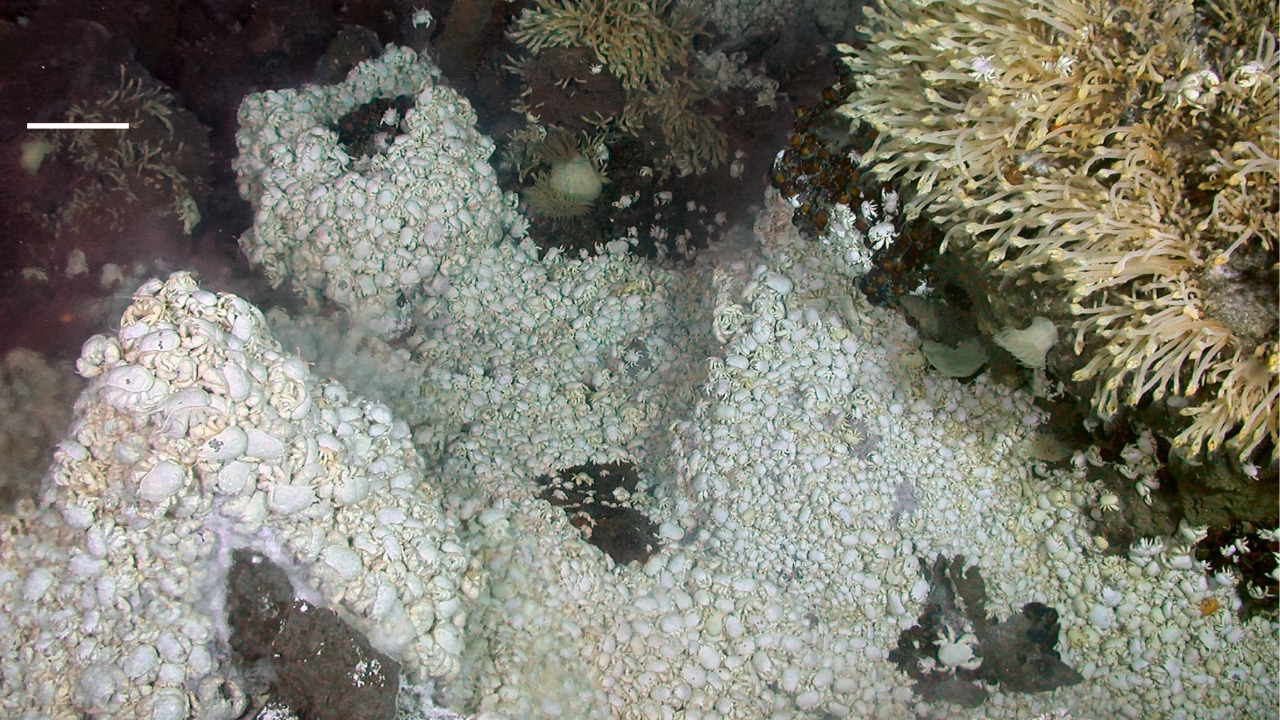
Deep into the ocean’s heart, where sunlight is a forgotten dream, otherworldly lights pulse in rhythm with life’s heartbeat. This captivating spectacle is the product of bioluminescent glows emitted by organisms inhabiting the deep-sea vents, a testament to life’s adaptability in even the most extreme environments.
Understanding Bioluminescence
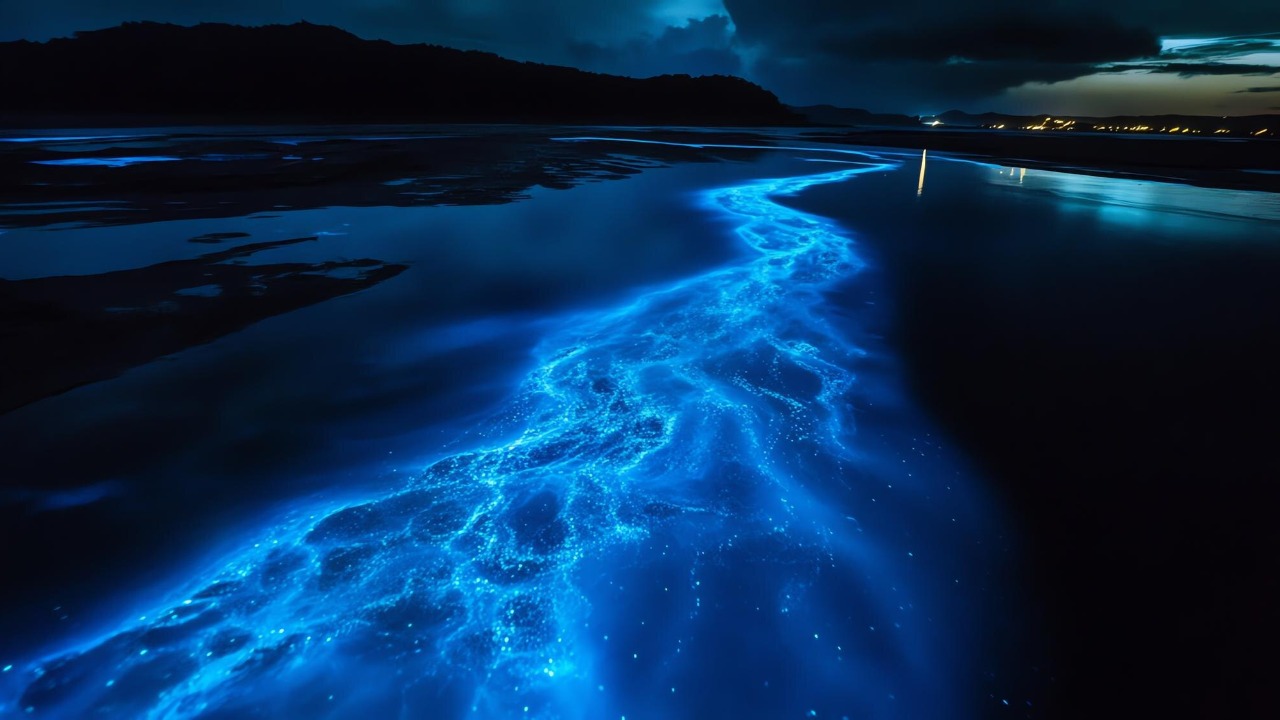
Bioluminescence is a fascinating phenomenon in which living organisms emit light as a result of a biochemical reaction. Essentially, this process involves the oxidation of a light-emitting molecule, usually luciferin, by an enzyme, luciferase. The energy released during this reaction is then emitted as light. This form of light production is different from fluorescence or phosphorescence, as it does not require the absorption of light or other energy sources to initiate.
In the natural world, bioluminescence plays an important role. Various organisms, from fireflies to deep-sea creatures, use this unique ability for various purposes, including communication, defense, and predation. For instance, some species use bioluminescent signals to attract or find mates, while others use it to lure or detect prey. Meanwhile, some organisms use bioluminescence to ward off predators, using it as a form of distraction or even to illuminate potential threats.
The Deep-Sea Environment and Its Inhabitants
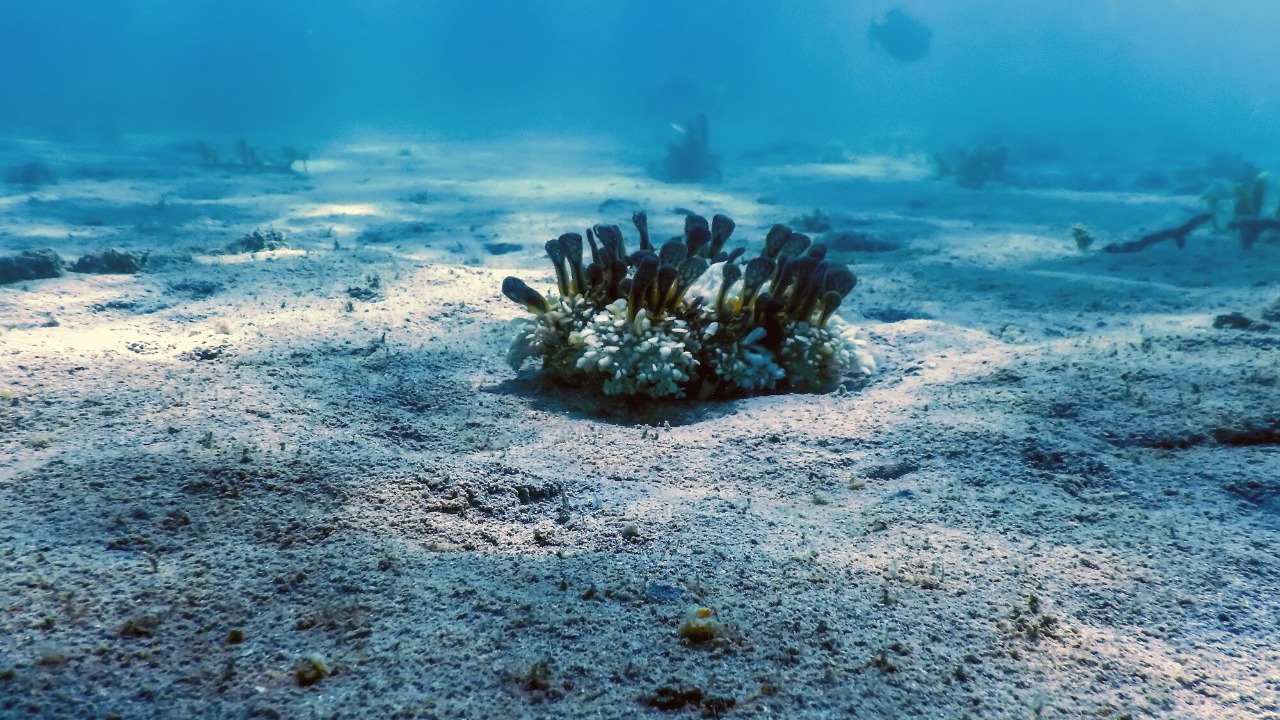
The deep-sea vents, often referred to as hydrothermal vents, present a unique ecosystem. Here, organisms thrive in conditions that would be inhospitable to most life forms. The vent ecosystem is characterized by extreme pressures, low temperatures, and high levels of sulfur and other chemicals. Yet, in this seemingly inhospitable environment, a diverse array of species has found a way to survive and thrive.
The diversity of life in these vents is astonishing. Organisms ranging from bacteria and archaea to tube worms, shrimps, and even octopuses have adapted to the extreme conditions of the deep sea. These adaptations include the ability to withstand high pressures, tolerate low oxygen levels, and even utilize sulfur and other chemicals for energy in a process called chemosynthesis.
The Phenomenon of Bioluminescence in Deep-Sea Vents

Notably, many deep-sea vent organisms have adapted to their dark environment by developing the ability to produce bioluminescent light. This light, often blue or green due to the water’s filtering of other colors, serves various functions. For example, some creatures use it to lure in prey, while others use it as a defense mechanism to confuse or scare away predators. The bioluminescent octopus, for instance, uses its glow to communicate and find a mate in the vast deep sea.
Among the fascinating examples of bioluminescent creatures in deep-sea vents is the scale worm. These creatures produce a greenish-blue light from their bodies when disturbed, presumably to startle potential predators. Another intriguing organism is the vent shrimp, which has been observed using bioluminescence to communicate with its peers.
Discovering and Studying Bioluminescent Deep-Sea Vents
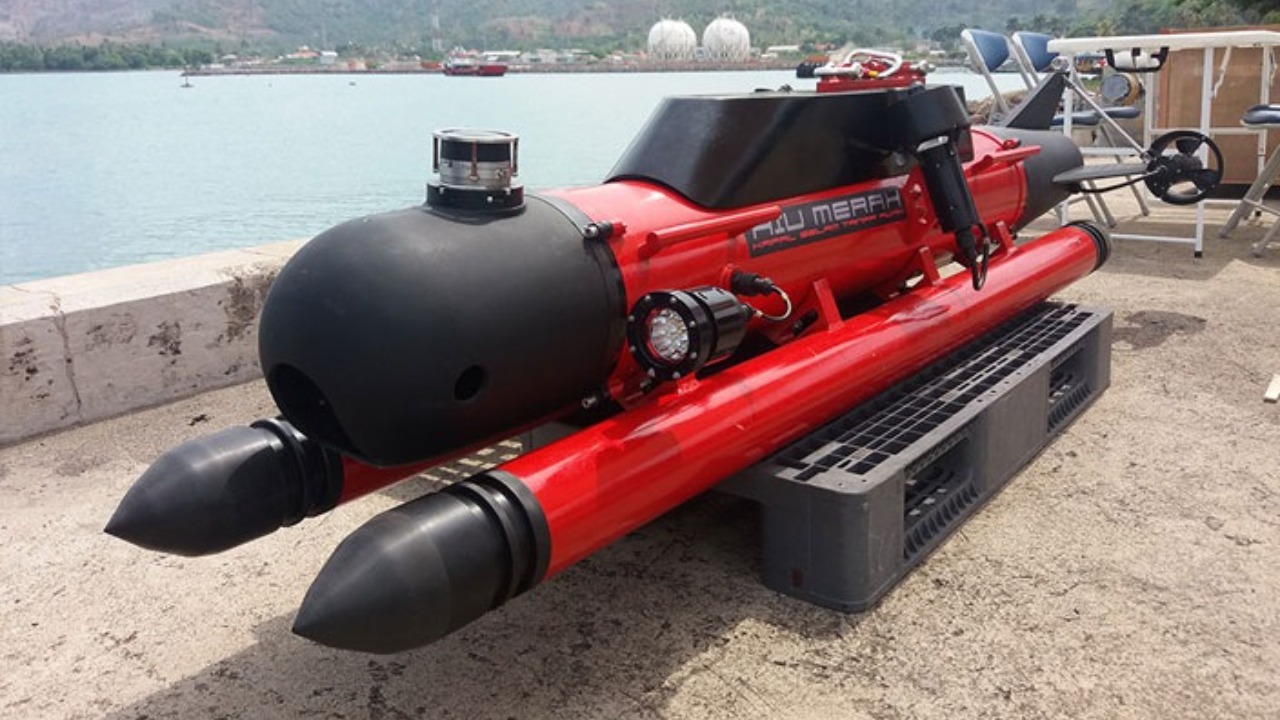
The study of bioluminescent deep-sea vents has been made possible through technological advancements. Sophisticated submersibles and remotely operated vehicles (ROVs) have allowed scientists to delve into these dark, high-pressure environments and closely observe the life forms that dwell there. The documented studies of these expeditions offer a glimpse into this amazing world.
However, researching these inaccessible habitats poses significant challenges. The extreme conditions of the deep sea, combined with the vastness of the ocean, make it a difficult terrain to explore. Despite these challenges, the study of bioluminescent deep-sea vents continues to uncover new species and shed light on the mechanisms of life in extreme environments.
The Impact and Applications of Bioluminescence Research
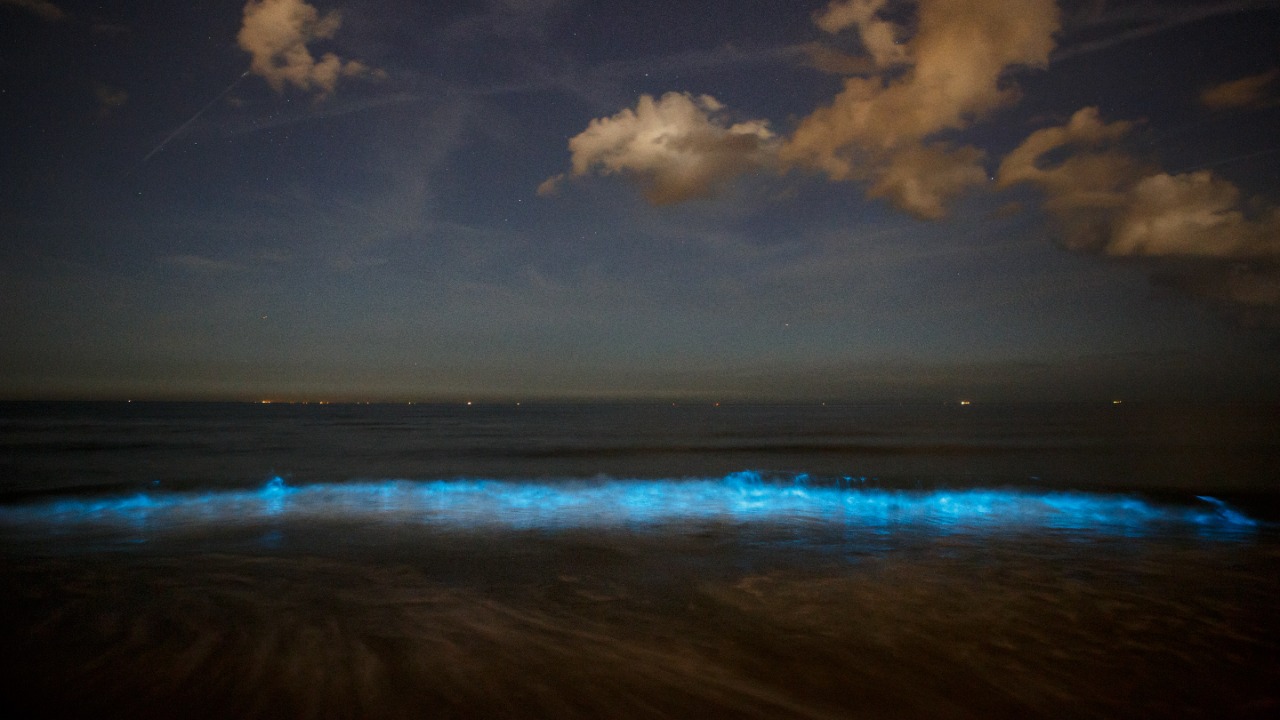
The study of bioluminescence has far-reaching implications beyond understanding marine biology. It has applications in medical and biotechnological research, including the development of bio-luminescent imaging techniques for studying cellular processes and disease progression. In addition, understanding bioluminescence can help in the development of new light sources and sensors.
Moreover, the study of bioluminescent deep-sea vents can contribute valuable insights into climate change and marine conservation. As these vents play a crucial role in oceanic nutrient cycles and biodiversity, their study can help predict the impacts of climate change on marine ecosystems. The discussions surrounding these topics are important for our future.
Finally, bioluminescence has a profound cultural and artistic impact. The ethereal beauty of bioluminescent organisms has inspired various forms of art, from photography and painting to literature and film, adding a touch of nature’s magic to our creative explorations.